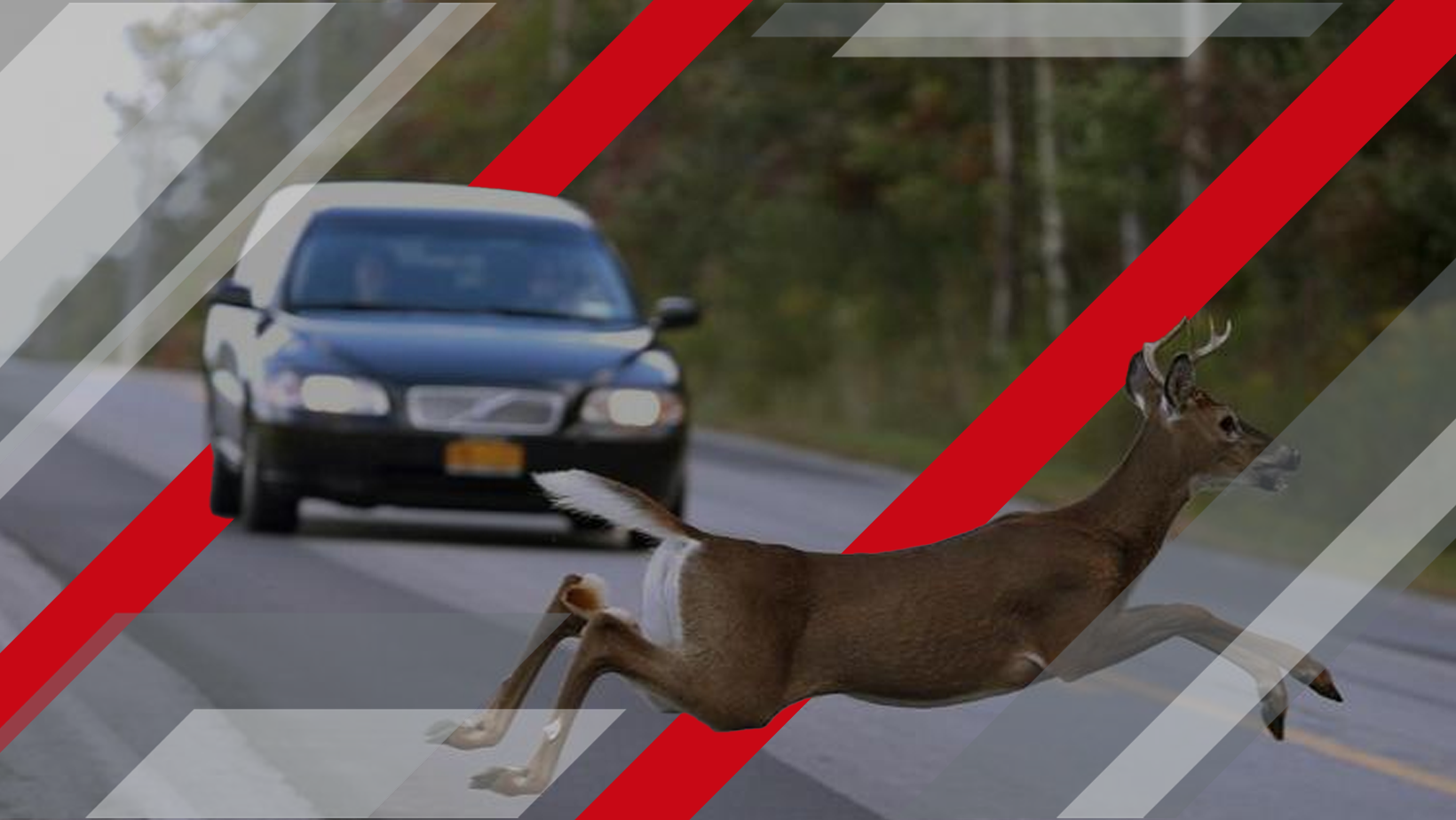Great Lakes Region Sees Spike in Wildlife-Vehicle Collisions Post-Daylight Saving
Data from State Farm indicates a 16% increase in wildlife-vehicle collisions following the end of daylight saving time in the Great Lakes region, particularly during October, November, and December. States like Wisconsin, Michigan, and Pennsylvania rank among the highest for these incidents, with Minnesota also showing notable risk.
This seasonal spike accounts for 41% of annual animal collision claims. Nationally, from July 2024 to June 2025, 1.7 million such claims were recorded, with a slight decline in frequency but continued concern among transportation and environmental stakeholders.
Research highlights that deer and vehicle collisions surge shortly after dark, especially during standard time. A 2022 study suggests that maintaining year-round daylight saving time could reduce these collisions and potentially save $1.2 billion annually. The timing of this increase coincides with the deer rut season when their activity intensifies. Besides larger animals like deer, smaller creatures such as rodents, snakes, and pollinators also face risks; some regions have implemented measures like seasonal road closures to protect vulnerable wildlife populations.
Infrastructure adaptations, including wildlife overpasses and culverts paired with fencing, have proven highly effective, decreasing collisions by up to 97% in some areas. Michigan, hosting diverse and significant wildlife populations near major roadways, recently received a federal grant through the Federal Highway Administration’s Wildlife Crossings Pilot Program to identify critical roadway hotspots and develop targeted crossing solutions. Collaboration between the Michigan Department of Transportation and the Department of Natural Resources aims to enhance motorist and wildlife safety statewide.
Additional federal funding was allocated to New York in 2024 and to Pennsylvania in 2023 for similar initiatives. Meanwhile, drivers are advised to remain vigilant during peak animal activity periods, especially at dusk and dawn, and to watch for eye reflections on dark roads to mitigate collision risks. This concentrated approach of combining data analysis, infrastructure investment, and public awareness seeks to reduce wildlife-related auto claims and improve road safety in key U.S. regions.


